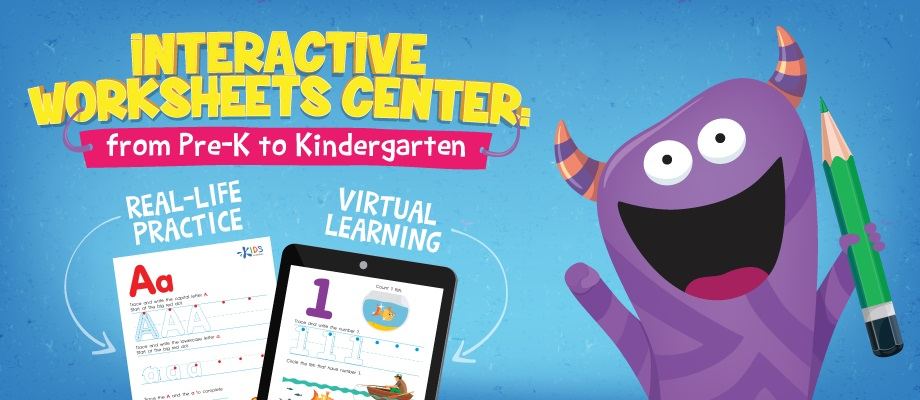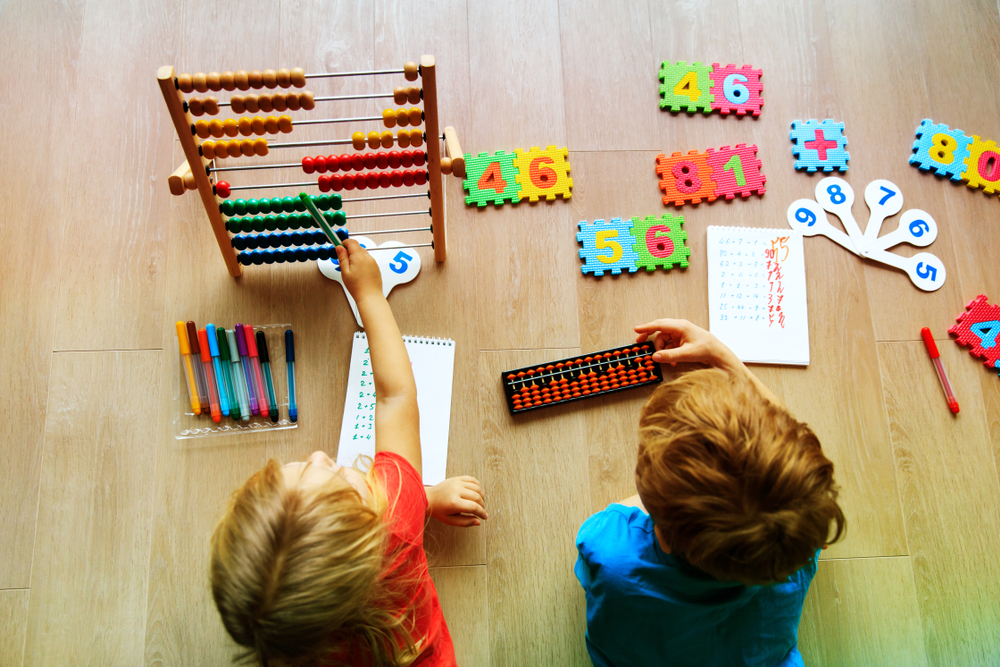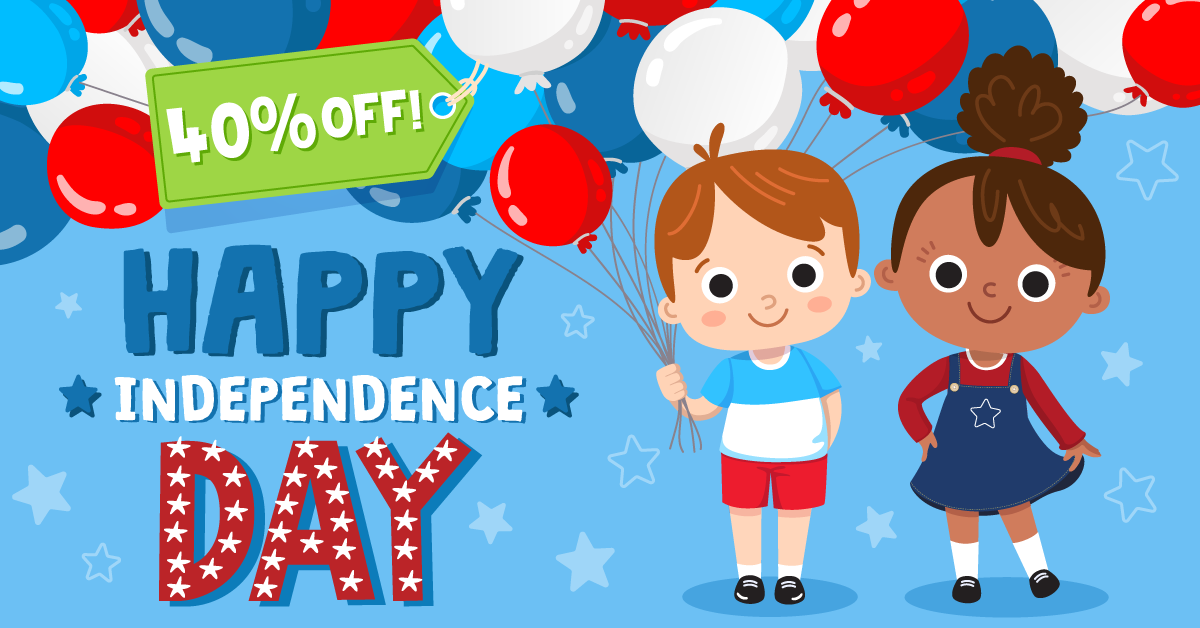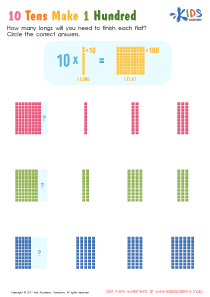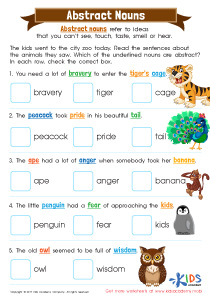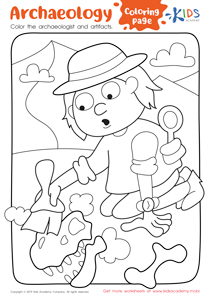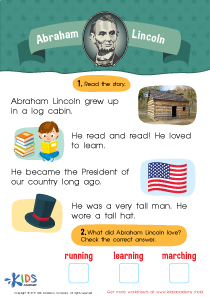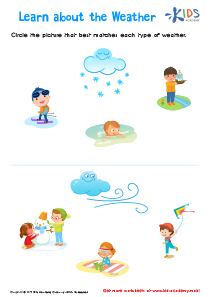Normal Reading Non-Fiction worksheets activities for 5-Year-Olds
2 filtered results
-
From - To
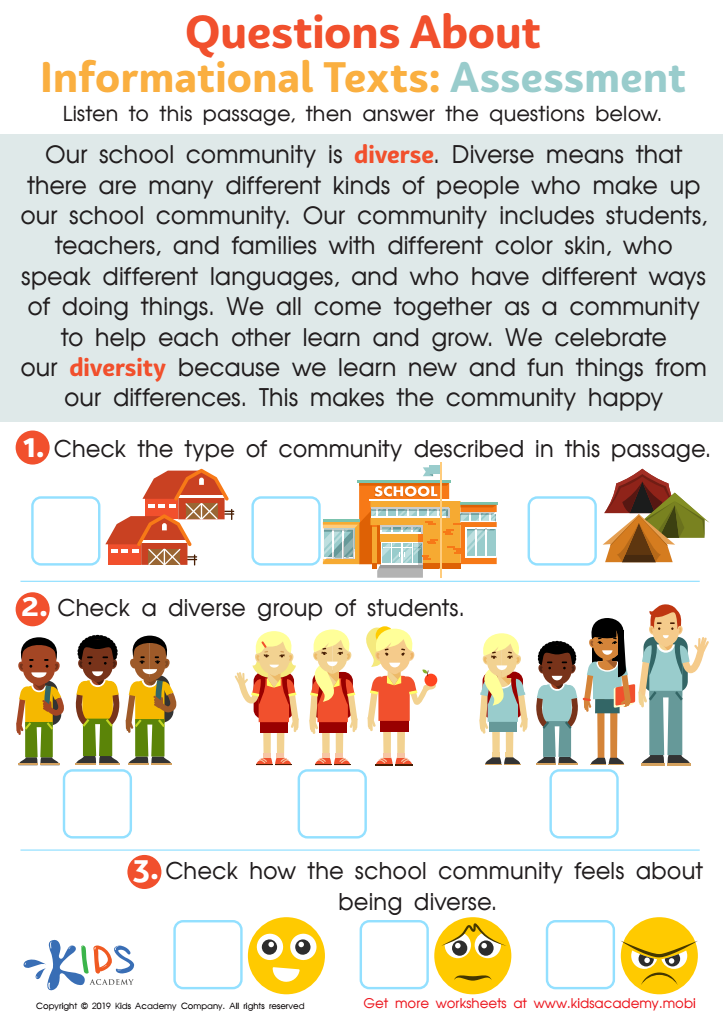

Questions About Informational Texts: Assessment 1 Worksheet
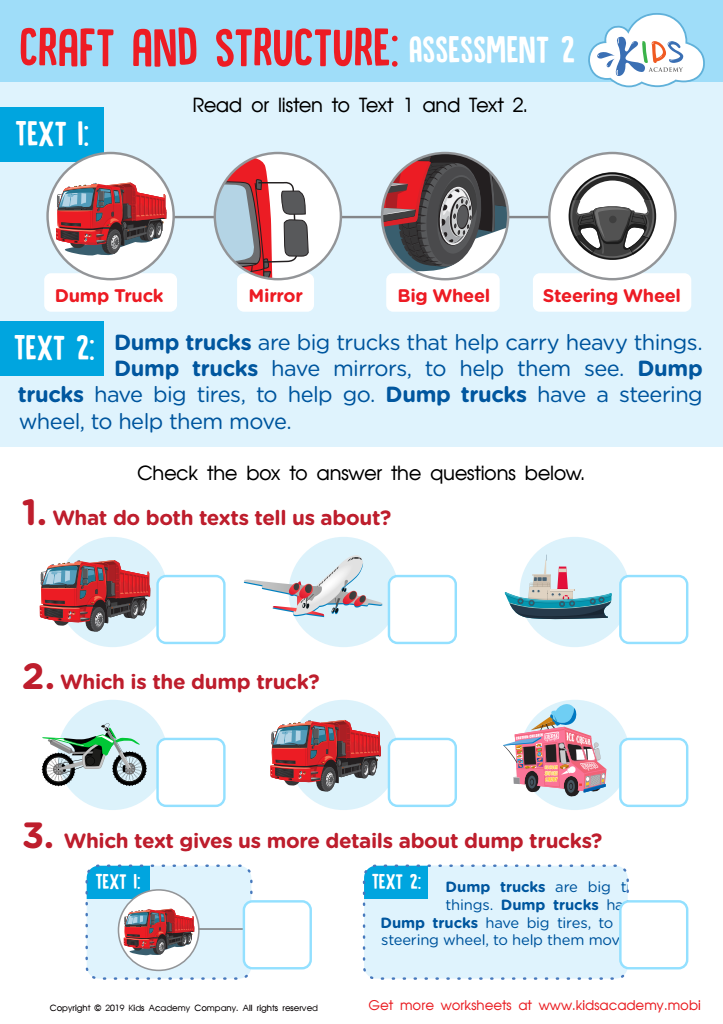

Craft and Structure: Assessment 2 Worksheet
Normal Reading Non-Fiction worksheets activities are an invaluable tool in the educational landscape for a myriad of reasons. These activities not only bolster comprehension skills but also cultivate a critical approach toward reading and understanding informational content. Engaging in Normal Reading Non-Fiction worksheets activities allows students to dive into the depths of factual texts, ranging from historical documents to contemporary articles, thereby enhancing their knowledge and awareness of the world.
Firstly, these activities are designed to hone a student's ability to identify key ideas and details within a text. This is crucial for the development of summarizing skills and the ability to distill complex information into digestible pieces. Moreover, Normal Reading Non-Fiction worksheets often include questions that challenge students to make connections between the text and real-world applications, thus fostering critical thinking and analytical skills.
Another significant benefit is the vocabulary expansion that occurs through regular engagement with these worksheets. Non-fiction texts are replete with domain-specific language that, when encountered in a structured activity, can greatly enhance a student's linguistic repertoire. This is not only beneficial for reading comprehension but also aids in writing and verbal communication skills.
Furthermore, Normal Reading Non-Fiction worksheets activities prepare students for the demands of academic and professional life. In an era where information is abundant, the ability to critically evaluate and synthesize non-fiction texts is indispensable. These activities provide a scaffolded approach to developing these skills, making students more adept at navigating the vast landscape of information available to them.
In conclusion, the integration of Normal Reading Non-Fiction worksheets activities into educational curricula is pivotal. These activities foster critical thinking, enhance vocabulary, and prepare students for the complexities of the real world, making them an essential component of a well-rounded education.
 Assign to the classroom
Assign to the classroom


